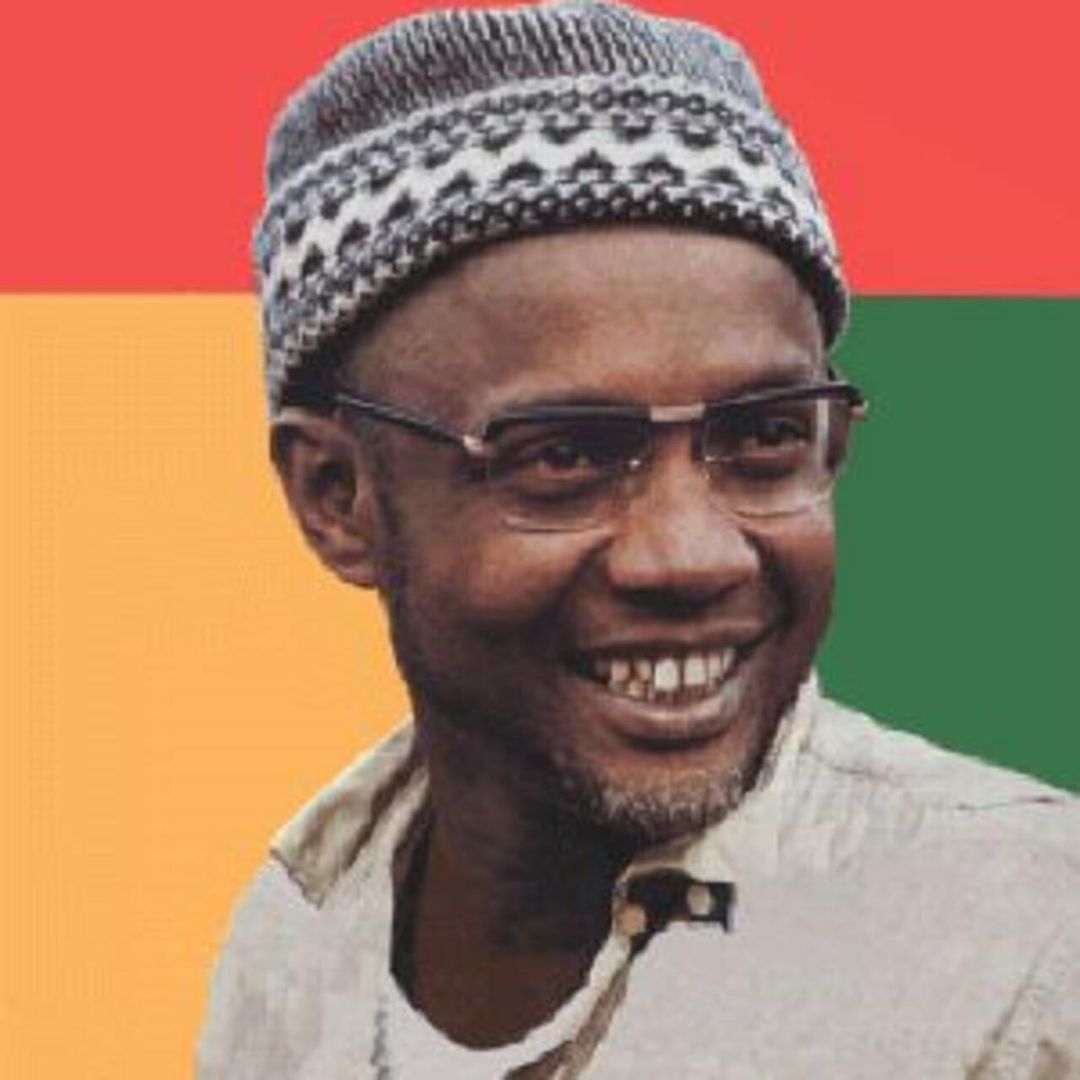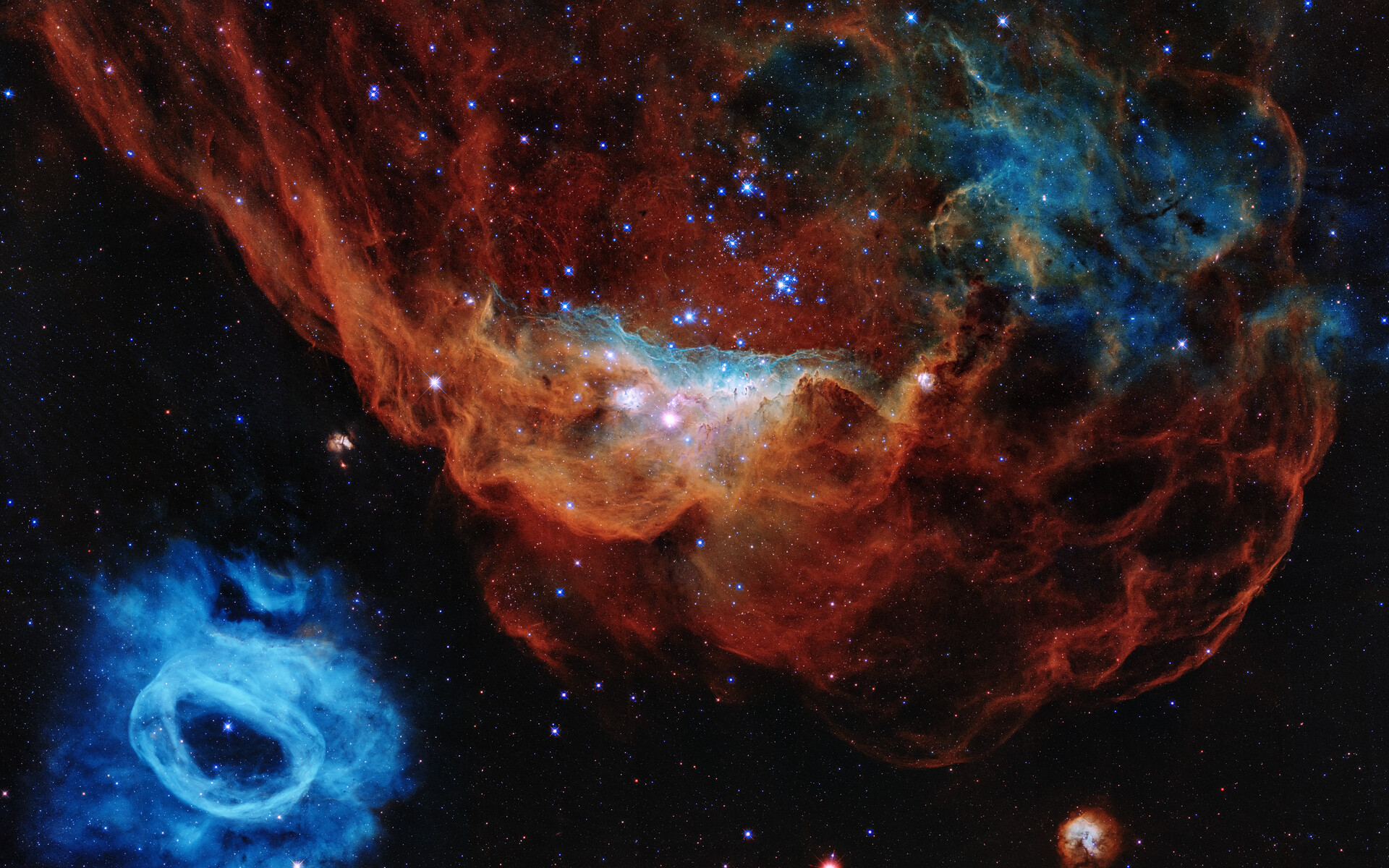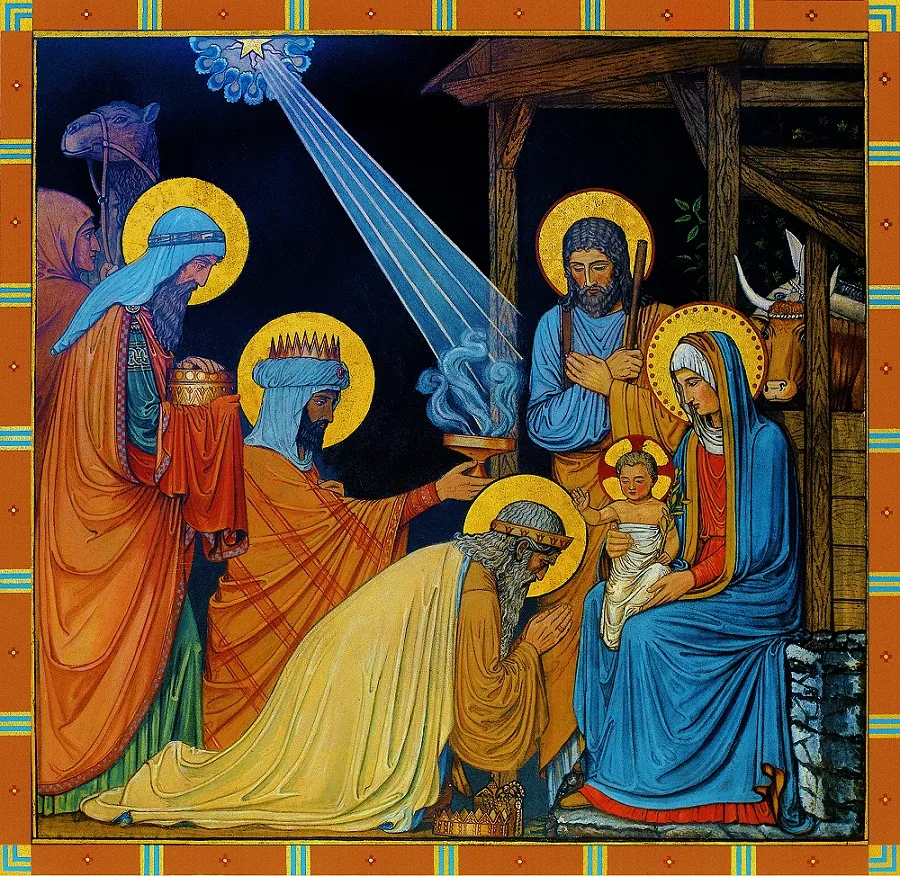Blog


It is actually one of the brightest and most highly detailed planetary nebula known, composed of gas expelled in the brief yet glorious phase near the end of life of a Sun-like star. This nebula‘s dying central star may have produced the outer circular concentric shells by shrugging off outer layers in a series of regular convulsions. The formation of the beautiful, complex-yet-symmetric inner structures, however, is not well understood. The featured image is a composite of a digitally sharpened Hubble Space Telescope image with X-ray light captured by the orbiting Chandra Observatory. The exquisite floating space statue spans over half a light-year across. Of course, gazing into this Cat’s Eye, humanity may well be seeing the fate of our sun, destined to enter its own planetary nebula phase of evolution … in about 5 billion years.

more...
Kenneth Clark Loggins (born January 7, 1948) is an American singer, guitarist and songwriter. His early songs were recorded with the Nitty Gritty Dirt Band in 1970, which led to seven albums recorded with Jim Messina as Loggins and Messina from 1972 to 1977. His early soundtrack contributions date back to A Star Is Born in 1976, and he is known as the King of the Movie Soundtrack. As a solo artist, Loggins experienced a string of soundtrack successes, including an Academy Award nomination for “Footloose” in 1985. Finally Home was released in 2013, shortly after Loggins formed the group Blue Sky Riders with Gary Burr and Georgia Middleman. He won a Daytime Emmy Award, two Grammy Awardsand was nominated for an Academy Award, a Tony Award and a Golden Globe Award.
Loggins was born in Everett, Washington, the youngest of three brothers. His father, Robert George Loggins, was a salesman of English and Irish ancestry, while his mother, Lina (née Massie), was a homemaker of Italian descent, from Avezzano.
more...
Earl Wilberforce “Wire” Lindo (7 January 1953 – 4 September 2017), sometimes referred to as Wya, was a Jamaican reggae musician. He was a member of Bob Marley and the Wailers and collaborated with numerous reggae artists including Burning Spear.
While attending Excelsior High School in Jamaica, he played with Barry Biggs, Mikey “Boo” Richards, and Ernest Wilson in the Astronauts, and later played organ in the band Now Generation, and with Tommy McCook and the Supersonics, and the Meters. Aston “Familyman” Barrett heard Lindo and recommended him to play for a Saturday afternoon television program Where It’s At on JBC. Lindo also spent his early days working at Coxsone Dodd‘s Studio One, where he played on innumerable recordings.
In 1973, he was invited to join The Wailers on a US tour, going on to play on Burnin’. He left the Wailers in 1974 to join Taj Mahal‘s band.
more...Luciano Pozo González (January 7, 1915 – December 3, 1948), known professionally as Chano Pozo, was a Cuban jazz percussionist, singer, dancer, and composer. Despite only living to the age of 33, he played a major role in the founding of Latin jazz. He co-wrote some of Dizzy Gillespie‘s Latin-flavored compositions, such as “Manteca” and “Tin Tin Deo”, and was the first Latin percussionist in Gillespie’s band. According to Rebeca Mauleón, “Few percussionists have played as integral a role in shaping Latin music as Luciano ‘Chano’ Pozo González”.
Luciano “Chano” Pozo González was born in Havana to Cecelio González and Carnación Pozo. Chano grew up with three sisters and a brother, as well as his older half brother, Félix Chappottín, who would later become one of the great Cuban soneros. The family struggled with poverty throughout his youth. His mother died when Chano was aged 11, and Cecelio took his family to live with his long-time mistress, Natalia, who was Felix’s mother. Chano Pozo was shot and killed on December 2, 1948, in the El Rio Bar at 111th Street and Lenox Avenue in Harlem. The El Rio Bar no longer exists — even the small triangular block where it was located has been removed. Pozo’s killer was a local bookie, marijuana dealer, and fellow Cuban named Eusebio “Cabito” (Little Corporal) Muñoz. Pozo is buried in the Colón Cemetery, Havana.
more...
Henry James “Red” Allen, Jr. (January 7, 1908 – April 17, 1967) was an American jazz trumpeter and vocalist whose playing has been claimed by Joachim-Ernst Berendt and others as the first to fully incorporate the innovations of Louis Armstrong.
Allen was born in the Algiers neighborhood of New Orleans, Louisiana, the son of the bandleader Henry Allen Sr. He took early trumpet lessons from Peter Bocage and Manuel Manetta.
Allen’s career began in Sidney Desvigne‘s Southern Syncopators. He was playing professionally by 1924 with the Excelsior Brass Band and the jazz dance bands of Sam Morgan, George Lewis and John Casimir. After playing on riverboats on the Mississippi River, he went to Chicago in 1927 to join King Oliver‘s band. Around this time he made recordings on the side in the band of Clarence Williams.
https://www.youtube.com/watch?v=W022m4oRLr4
more...This image is one of the most photogenic examples of the many turbulent stellar nurseries the NASA/ESA Hubble Space Telescope has observed during its 30-year lifetime. The portrait features the giant nebula NGC 2014 and its neighbour NGC 2020 which together form part of a vast star-forming region in the Large Magellanic Cloud, a satellite galaxy of the Milky Way, approximately 163 000 light-years away.

Alexandra Elene MacLean Denny (6 January 1947 – 21 April 1978) was an English singer-songwriter who was lead singer of the British folk rock band Fairport Convention. She has been described as “the pre-eminent British folk rock singer”.
After briefly working with the Strawbs, Denny joined Fairport Convention in 1968, remaining with them until 1969. She formed the short-lived band Fotheringay in 1970, before focusing on a solo career. Between 1971 and 1977, Denny released four solo albums: The North Star Grassman and the Ravens, Sandy, Like an Old Fashioned Waltz and Rendezvous. She also duetted with Robert Plant on “The Battle of Evermore” for Led Zeppelin‘s album Led Zeppelin IV in 1971. Denny died in 1978 at the age of 31 from head injuries sustained as a result of a fall down a flight of stairs.
Music publications Uncut and Mojo have described Denny as Britain’s finest female singer-songwriter.Her composition “Who Knows Where the Time Goes?” has been recorded by Judy Collins, Eva Cassidy, Nina Simone, Mary Black, Kate Wolf, Nanci Griffith, 10,000 Maniacs and Cat Power. Her recorded work has been the subject of numerous reissues, along with a wealth of previously unreleased material which has appeared over the more than 40 years since her death, including a 19-CD box set released in November 2010. She died on 21 April 1978 without regaining consciousness. Her death was ruled to be the result of a traumatic mid-brain haemorrhage and blunt force trauma to her head. She was 31 years old.
more...Ebo Taylor (born 1936) is a Ghanaian guitarist, composer, bandleader, record producer and arranger focusing on highlife and afrobeat music.
Ebo Taylor has been a pivotal figure on the Ghanaian music scene for over six decades. In the late 1950s he was active in the influential highlife bands the Stargazers and the Broadway Dance Band. In 1962, Taylor took his group, the Black Star Highlife Band, to London. In London, Taylor collaborated with Nigerianafrobeat star Fela Kuti as well as other African musicians in Britain at the time.
Returning to Ghana, Taylor worked as a producer, crafting recordings for Pat Thomas, C. K. Mann, and others, as well as exploring solo projects, combining traditional Ghanaian material with afrobeat, jazz, and funk rhythms to create his own recognizable sound in the 1970s. He was the inhouse guitar player, arranger, and producer for Essiebons, founded by Dick Essilfie-Bondzie.
Taylor’s work became popular internationally with hip-hop producers in the 21st century. In 1992, Ghetto Concept included his afrobeats in their music. In 2008, Ebo Taylor met the Berlin-based musicians of the Afrobeat Academy band, including saxophonist Ben Abarbanel-Wolff, which led to the release of the album Love and Death with Strut Records (his first internationally distributed album).
more...Earl Eugene Scruggs (January 6, 1924 – March 28, 2012 Cleveland County, North Carolina) was an American musician noted for popularizing a three-finger banjo picking style, now called “Scruggs style“, which is a defining characteristic of bluegrass music. His three-finger style of playing was radically different from the traditional way the five-string banjo had previously been played. This new style of playing became popular and elevated the banjo from its previous role as a background rhythm instrument to featured solo status. He popularized the instrument across several genres of music.
Scruggs’ career began at age 21 when he was hired to play in Bill Monroe‘s band, the Blue Grass Boys. “Bluegrass” eventually became the name for an entire genre of country music. Despite considerable success with Monroe, performing on the Grand Ole Opry and recording classic hits such as “Blue Moon of Kentucky“, Scruggs resigned from the group in 1946 because of their exhausting touring schedule. Fellow band member Lester Flatt resigned as well, and he and Scruggs later paired up in the duo Flatt and Scruggs. Scruggs’ banjo instrumental “Foggy Mountain Breakdown” was released in 1949 and became an enduring hit. The song experienced a rebirth of popularity to a younger generation when it was featured in the 1967 film Bonnie and Clyde. The song won two Grammy Awards and, in 2005, was selected for the Library of Congress’ National Recording Registry of works of unusual merit.
Flatt and Scruggs brought bluegrass music into mainstream popularity in the early 1960s with their country hit “The Ballad of Jed Clampett“, the theme music for the television sitcom The Beverly Hillbillies—the first Scruggs recording to reach number one on the Billboard charts. Over their 20-year association, Flatt and Scruggs recorded over 50 albums and 75 singles. The duo broke up in 1969, chiefly because, while Scruggs wanted to switch styles to fit a more modern sound, Flatt was a traditionalist who opposed the change and believed doing so would alienate a fan base of bluegrass purists. Although each of them formed a new band to match their visions, neither of them ever regained the success they had achieved as a team.
Scruggs received four Grammy awards, a Grammy Lifetime Achievement Award and a National Medal of Arts. He became a member of the International Bluegrass Music Hall of Fame and was given a star on the Hollywood Walk of Fame. In 1985, Flatt and Scruggs were inducted together into the Country Music Hall of Fame and named, as a duo, number 24 on CMT‘s “40 Greatest Men of Country Music”. Scruggs was awarded a National Heritage Fellowship by the National Endowment for the Arts, the highest honor in the folk and traditional arts in the United States. Four works by Scruggs have been placed in the Grammy Hall of Fame. After Scruggs’ death in 2012 at age 88, the Earl Scruggs Center was founded in Shelby, North Carolina, near his birthplace with the aid of a federal grant and corporate donors. The center is a $5.5 million facility that features the musical contributions of Scruggs and serves as an educational center providing classes and field trips for students.
more...Erev Shabbat Service Friday 1-5-24 6pm with Inbal Sharett-Singer, Jayson Rodowsky, Jeff Bailey, Pete Whitman and mick laBriola.
more...
At the heart of the Orion Nebula, are four hot, massive stars known as the Trapezium. Gathered within a region about 1.5 light-years in radius, they dominate the core of the dense Orion Nebula Star Cluster. Ultraviolet ionizing radiation from the Trapezium stars, mostly from the brightest star Theta-1 Orionis C powers the complex star forming region’s entire visible glow. About three million years old, the Orion Nebula Cluster was even more compact in its younger years and a dynamical study indicates that runaway stellar collisions at an earlier age may have formed a black hole with more than 100 times the mass of the Sun. The presence of a black hole within the cluster could explain the observed high velocities of the Trapezium stars. The Orion Nebula’s distance of some 1,500 light-years would make it one of the closest known black holes to planet Earth.

More Posts
- Julian Priester Day
- World Music with Paco De Lucia
- Daily Roots with Alton Ellis & the Heptones
- The Cosmos with Sharpless 2-106
- John Medeski Day
- David Honeyboy Edwards Day
- World Music with Odpoczno
- Daily Roots with Ras Tweed
- The Cosmos with M8
- Johnny “Big Moose” Walker Day
- Elmo Hope Day
- Shad Collins Day
- World Music with Eleftheria Arvanitaki
- Daily Roots with Israel Vibration
- The Cosmos with NGC 1187
- Reggie Workman Day
- Big Bill Broonzy Day
- World Music with Very Be Careful
- Daily Roots with Uwe Banton
- The Cosmos with M20
